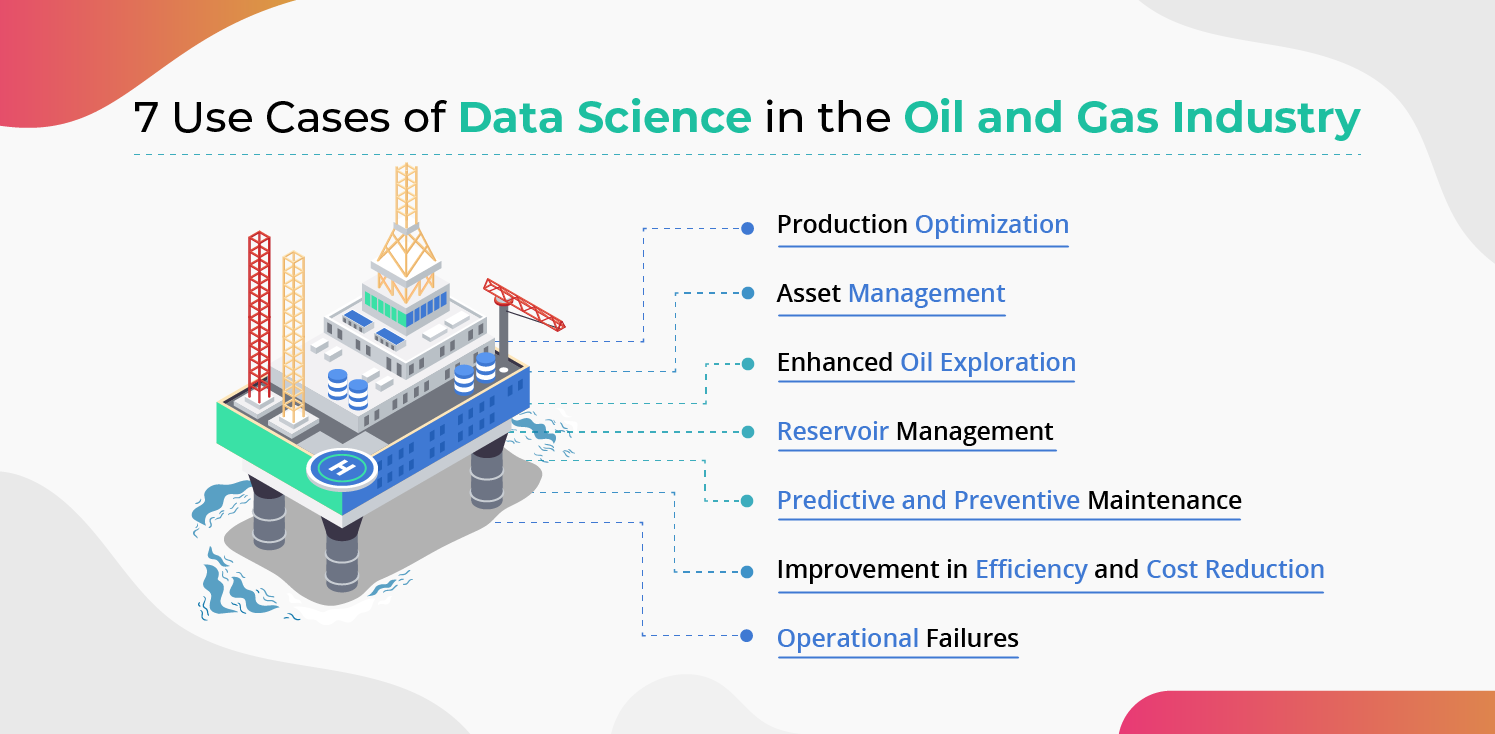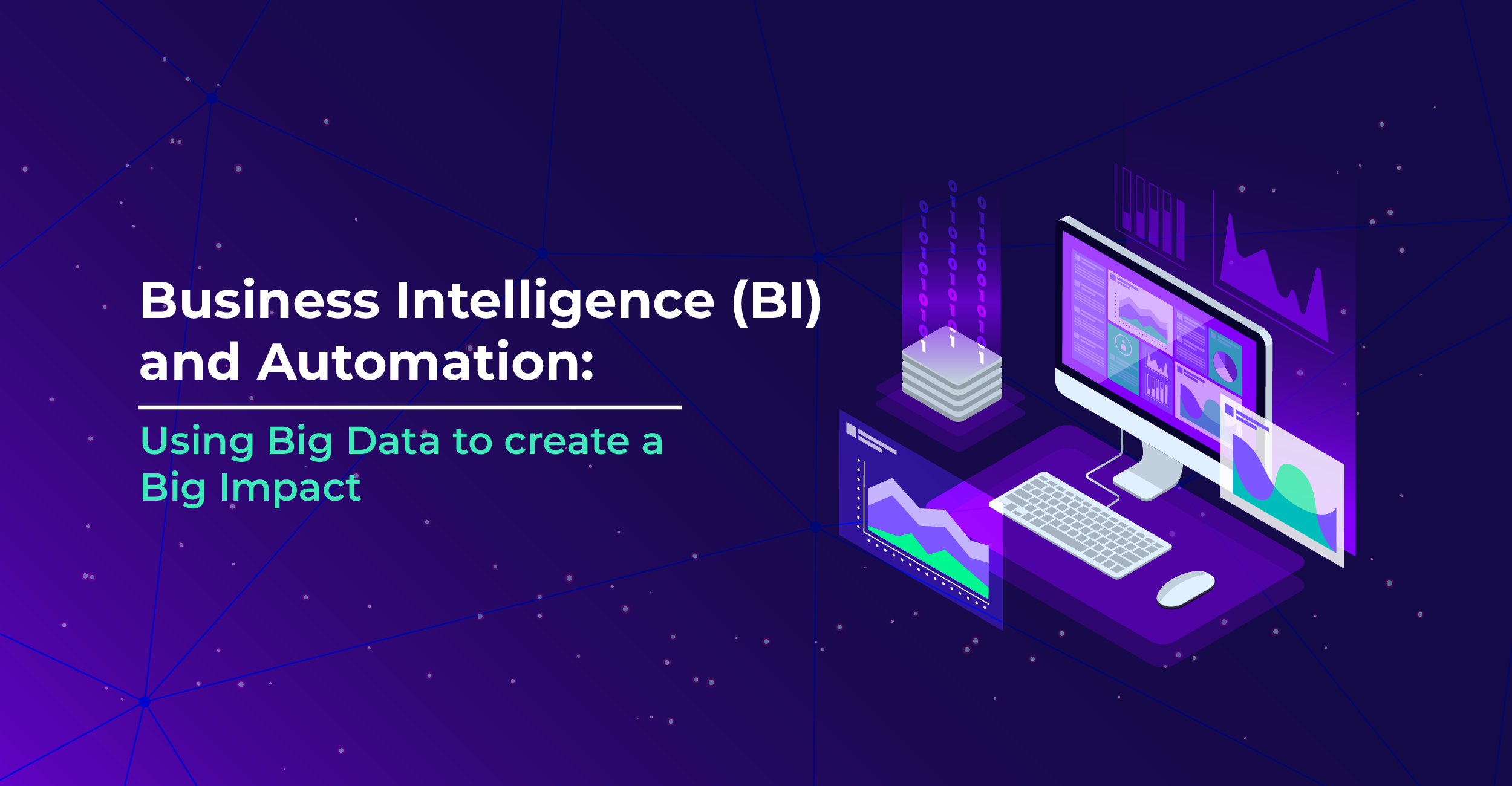Data Analytics Challenging Decision Making in Exploration & Production (E&P)
Data collection in the oil and gas industry has seen a surge to provide visibility into complex industrial operational processes, the difficulties of performance improvement, equipment lifecycle management, logistic complexity, etc. The quality of data oil and gas companies expect to dig is something that surmounts the challenges faced by these companies and crunch into meaningful insights about related industries.
Data science is an umbrella term including and prioritizing data in the form of statistics, machine learning, probability, and others, not only for production statistics but also for fault diagnosis, predictive maintenance, seismic trace identification. Big data (5 Strategies To Reinvent Data Ecosystem For Better Data Sharing) is not just the catchphrase; rather it’s a more progressive approach to data in the oil and gas industry which leverages new technologies to handle progressive massive datasets.
Since the area of analytics in this field is growing, oil and gas industries should take this opportunity to upgrade their IT platforms for big data and data science so that end users can seamlessly track the data points of oil & gas analytics. Data analytics (How 7 Data Analytics Trends Are Accelerating Digital Transformation?) startups in the oil and gas analytics market are increasingly focusing on oil exploration for their clients and are now capable of providing intelligent insights and real-time management. Careful analysis of geological data to choose the best drilling locations has become increasingly important for oil and gas industries. According to a report of Transparency Market Research, the oil & gas analytics market is anticipated to surpass US$ 49 Bn by the end of 2030.
Top 7 Use Cases of Data Science in the Oil and Gas Industry
Proactive actions can be taken with the help of data science in the oil and gas industry, especially to reduce time and save money. In the modern oil and gas industry, critical data is constantly flowing and in some ways and is just as valuable as what comes out of the ground. This data could be used to optimize operations, maintenance, compliance with insurance programs and even to improve worker safety. There are several ways where data science can benefit the oil and gas industry:

- Production Optimization: Optimizing production is at the heart of critical operations and workflow. By analyzing large amounts of historical data from platform sensors, algorithms learn to understand the complex relationships between various parameters and their effect on production. ML optimization algorithm can run on real-time data from the manufacturing plant, providing recommendations to operators when identifying potential for production improvement. This algorithm serves as a support tool for operators, controlling the process, helping them make more informed decisions, to maximize production.
Unlike human operators, ML algorithms have no problem in analyzing the large datasets for hundreds of sensors over a period of several years. - Asset Management: Companies are using predictive analytics to reduce downtime, maintenance costs, and analyzing the performance of equipment by comparing historical and current operating data, thus improving asset management. The estimated performance is then visualized by a specialist for better decision making.
In midstream sectors like logistics in the petroleum and oil industry, predictive analytics helps in analyzing sensor data through softwares, from pipelines to detect abnormalities. - Enhanced Oil Exploration: Some case studies by geophysicists show how big data workflow can be used to gain deeper insights from specific exploration data. Companies like Databricks, are implying the power of big data, machine learning (ML), and artificial intelligence (AI) (AI To Fuel Customer Experience (CX) In Different Industries In 2022) for gaining knowledge about oil exploration and downstream delivery of energy.
Big data is analyzed using machine learning capability which is desirable for the oil and gas industry to represent the upstream activities like evaluation of geology, product optimization, drilling, etc. - Reservoir Management: Data science has proved useful in reservoir management and improved the modeling of reservoirs by analyzing the production data. Field data is acquired during the production cycle and is integrated into reservoir management where a team working in data analytics improves their ability to validate assumptions, identify and diagnose changes, and make adjustments throughout the production cycle to optimize recovery.
Using data analytics, the management team visualizes and analyzes how development decisions impact production and how reservoir conditions change over time. - Predictive and Preventive Maintenance: The use of predictive analytics has enabled oil and gas companies to create simulations that predict maintenance events. Predictive maintenance reduces unscheduled maintenance costs and downtime. In the long term, these forecasts can help companies stay ahead of the curve by optimizing downtime for large-scale maintenance projects. In addition, organizations can consider adopting the preventive maintenance approach of inspecting and replacing equipment at regular intervals.
With so many challenges faced by the oil and gas industry, predictive analytics helps to leverage data by ascertaining and comprehending the actual and expected performance for an asset’s current loading and operating conditions. - Improvement in Efficiency and Cost Reduction: There are several internal and external factors, from well drilling to pipeline operations, that affect an oil and gas organization’s production costs. This data can be mined through data analytics and used in various scenarios to improve production efficiency and reduce costs. For example, rock data analysis is used to identify the right place to drill oil wells; matching real-time drilling data with production data from nearby wells can help oil producers adapt their drilling strategy.
- Operational Failures: Capitalizing data for stakeholders is important and this utilizes artificial intelligence (AI) to automate the upstream sector (exploration work). Data analytics powered by AI derive intelligence from a plethora of operational data. This helps to gather information into segments and uncover patterns and inconsistencies to make predictions out of large data sets.
As the oil and gas industry has become receptive to data analytics and data science use cases, it is expected to move forward. Their ability to identify, aggregate data, store, and analyze, will be the true asset for an industry that will make it more profitable and efficient.
Conclusion:
Data is the New Oil for Oil and Gas Industries
Data science is leading to greater automation in terms of management of the energy industry, creating informed decisions about productivity for the present and the future. Data science, combined with basic science, is at the heart of innovation for the oil and gas industry. With new real-time data analytics solutions, the data science applications for this sector are nearly endless.
Data science can help organizations move from corrective solutions to proactive decision-making. This is made possible by integrating different types of data into predictive models, which can then be used to predict future outcomes. Better data analytics and technologies are key to determining whether oil and gas companies thrive.
Techment Technology has stepped into providing different solutions through software development. To start a dialog with our big data consultants, and discuss how we can perform better in using data science in the oil and gas industry, get in touch with us.
 All Posts
All Posts


